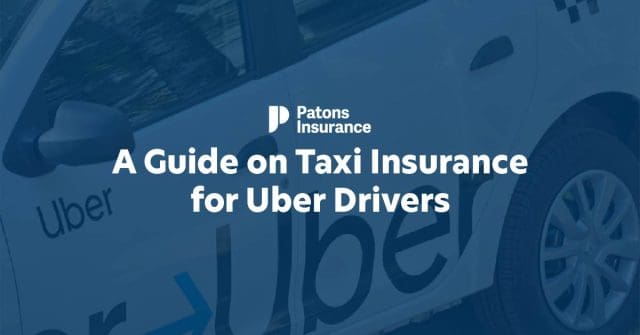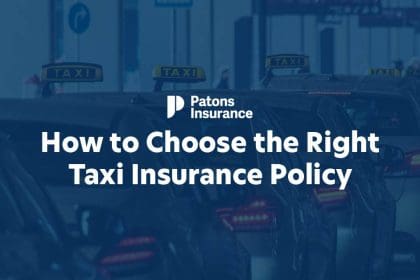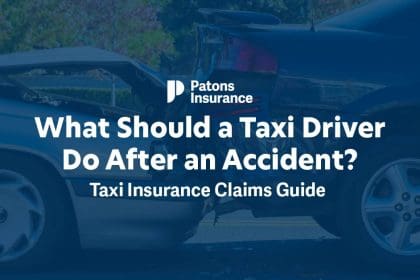Uber has always done things differently. Since it arrived in the UK in June, 2012, it has had a huge impact on the taxi industry.
The ride-sharing company operates a different business model to standard taxis and uses independent private-hire taxi drivers who pick up customers via the Uber app. The fares are not set by local authorities and can depend on the demand in an area, the distance, and the time of day.
Despite the different business model, many of the requirements to be an Uber are the same as any other private-hire driver, especially when it comes to taxi insurance.
This article will take you through what you need to know before insuring your vehicle for Uber.
Driver requirements
To work for Uber in the UK, you must be at least 21 years old and hold a valid UK driver’s licence. Required years of driving experience will vary depending on the city you’re based in. You’ll need to disclose any convictions and claims. Uber will make the final decision whether to let you to drive on the Uber app if you have any endorsements on your licence.
You will need to have an Uber-accepted vehicle with a model year in line with your local licensing authority requirements. The vehicle will need to have at least four doors and be able to carry at least four passengers. It cannot be a salvage car and must not have any cosmetic damage, missing parts, or commercial branding.
You must then obtain a private-hire licence from the local council and take out private-hire taxi insurance.
If you’re a driver in London, you will only be able to take out a policy with one of eight Uber-approved insurers. Uber’s selected panel of insurers in London only includes those that use Instadoc verification system, which means drivers’ details can be checked directly with the insurer.
Levels of cover
You should also consider the level of cover you need – comprehensive, third party, fire and theft, or third party only.
Comprehensive is the top level of coverage and is recommended for all taxi drivers. It will cover your vehicle in most accident scenarios, including at-fault claims, as well as those of any third parties.
Third Party, Fire and Theft (TPFT) will cover you if any damage is made to another vehicle or if another driver claims against you. It also covers the cost of your vehicle if it is stolen or damaged by fire, minus any excess. It offers no accidental damage cover for your vehicle.
Third-Party Only (TPO) is the legal minimum cover required to drive on the road and will cover damage to any other vehicle or third party in the event of a fault accident. It will not cover repairs to your vehicle.
If you’re planning to use the same vehicle outside of work, you will need to make sure your private hire insurance policy includes social, domestic and pleasure use, which will cover you for personal use, such as driving to the shops.
Before you start driving, you will have to set up an Uber app account and send proof of your licence, private-hire insurance and vehicle ownership to the company.
If you also choose to drive for Uber Eats, you will need to make sure your private hire insurance policy covers food delivery.
Extra cover
There are additional policies you can pay for to protect other parts of your business.
Public Liability insurance can be included in your policy as standard, but this will depend on your insurer. It can also be a separate standalone policy. Public Liability will provide protection if your actions result in injury to a member of the public or damage to a third party’s property.
Motor legal protection covers legal expenses that may be incurred during a claim.
No-claims discount protection will help keep your no-claims discount in the event of a claim being made.
You might also want to consider taking breakdown cover so that you can get help if your vehicle breaks down.
Keeping the cost down
Whatever level of insurance an Uber driver chooses, they understandably want to save money where they can.
The best advice is to take out the highest level of cover you can afford.
You can take steps to reduce premiums, such as paying annually, instead of monthly, which avoids paying interest.
Reducing the risk can also reduce premiums, so, if possible, you should try to park your vehicle on a drive or in a locked garage, which can lead to a discount.
Having security and anti-theft devices installed, such as an approved immobiliser or tracker, can also help reduce premiums.
If you can afford it, consider increasing the voluntary excess on your policy – the more you pay in the event of a claim, the lower the premium.
It is also worth considering a less-powerful car that is in a lower insurance group and costs less to cover.




